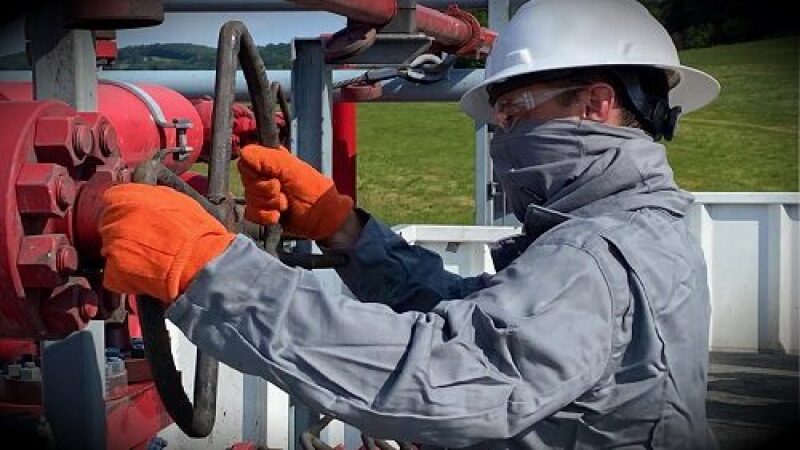On 7 July 2020, the federal Occupational Safety and Health Administration (OSHA) issued COVID-19 control and prevention guidance for oil and gas industry workers and employers. The guidance supplements OSHA’s interim guidance for the general workforce.
Oil and Gas Workers Are at Medium to Low Risk of Exposure to COVID-19
One of OSHA’s benchmarks for protecting employees from COVID-19 requires employers to assess their workplaces and determine whether job tasks place their employees at one of four levels of risk exposure: very high, high, medium, and lower risk. The agency recommends that employers conduct a hazard assessment to identify whether and how often workers may be in close contact (i.e., within 6 ft) to coworkers, supervisors, or other individuals at the job site.
The good news for the oil and gas industry is that OSHA does not anticipate a very high or high risk of exposure. According to the guidance, “[m]ost oil and gas drilling, servicing, production, distribution, and/or processing tasks are associated with lower or medium exposure risks.” Examples of oil and gas work activities with a medium or lower risk include the following:
Medium-Risk Activities
- “Oil and gas drilling, servicing, production, distribution, and/or processing tasks that require frequent close contact (within 6 ft) with coworkers, contractors, customers, or the general public
- Work in “frequent high-traffic areas,” such as control rooms, trailers, and doghouses
- “Traveling within facilities or between facilities when workers must share vehicles”
Low-Risk Activities
- “Oil and gas drilling, servicing, production, distribution, and/or processing tasks that do not require frequent close contact with other coworkers, contractors, customers, or the public”
- “Performing duties in nonpublic areas of oil and gas production and/or processing facilities, away from other workers or the public”
Use Cloth Face Coverings
Regardless of the exposure risk level, OSHA advocates that all workers in the oil and gas industry wear cloth face coverings. The agency also recommends that workers wear face coverings “in common areas such as the drill deck, doghouse, control rooms, and office spaces in the trailers.”
Controls to Mitigate Medium-Risk Activities at the Worksite
OSHA emphasizes social distancing as the primary method of mitigating worker exposure to COVID-19. This includes a recommendation to “[c]onfigure communal work environments (such as control rooms, jobsite trailers and/or doghouses) so that workers are spaced at least 6 ft apart, if possible.” If the nature of work makes social distancing infeasible, then the use of physical barriers between workers (such as strip curtains, plexiglass, or other impermeable dividers or partitions) are acceptable, so long as the barrier “does not create additional safety hazards (e.g., reduced visibility in/around work vehicles or other equipment).”
OSHA recommends that employers pay special attention to pedestal or hard-mounted fans to ensure they do not blow air directly from one employee to another. The agency also suggests that personal cooling fans be removed from the worksite to help reduce the spread of COVID-19.

